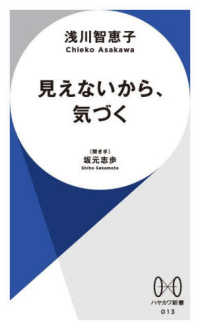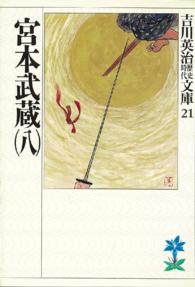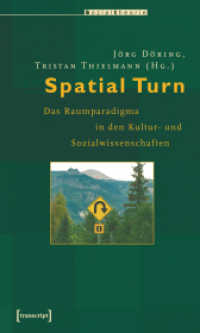- ホーム
- > 洋書
- > 英文書
- > Science / Mathematics
Full Description
The effect which now bears his name, was discovered in 1958 by Rudolf Mössbauer at the Technical University of Munich.
At first, this appeared to be a phenomenon related to nuclear energy levels that provided some information about excited state lifetimes and quantum properties. However, it soon became apparent that Mössbauer spectroscopy had applications in such diverse fields as general relativity, solid state physics, chemistry, materials science, biology, medical physics, archeology and art. It is the extreme sensitivity of the effect to the atomic environment around the probe atom as well as the ability to apply the technique to some interesting and important elements, most notably iron, that is responsible for the Mössbauer effect's extensive use. The present volume reviews the historical development of the Mössbauer effect, the experimental details, the basic physics of hyperfine interactions and some of the numerous applications of Mössbauer effect spectroscopy.
Contents
Preface
Acknowledgements
Author biography
The history of resonance fluorescence
The Mössbauer effect
Properties of the nucleus
Hyperfine interactions--part I: the electric monopole interaction and the chemical isomer shift
Hyperfine interactions--part II: the electric quadrupole interaction
Magnetic properties of materials
Hyperfine interactions--part III: the magnetic dipole interaction and the nuclear Zeeman effect
Applications of Mössbauer effect spectroscopy








